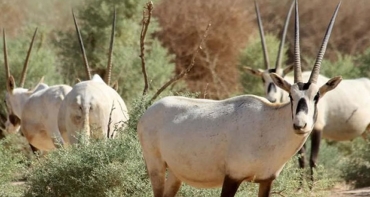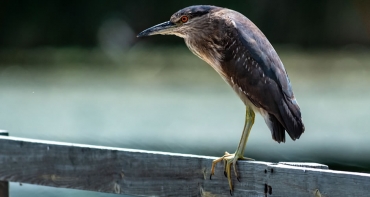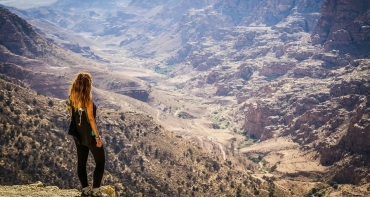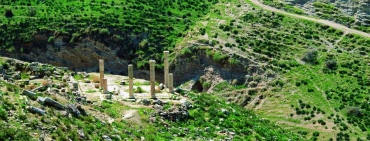The Shawmari Reserve is a breeding centre for some of the most endangered and rare wildlife in the Middle East. In this small reserve there is a large herd of magnificent Arabian Oryx, a species that was once on the verge of extinction. There are also ostriches, onagers and graceful desert gazelles. These animals are all rebuilding their populations in this safe haven, where they are protected from the hunting and habitat destruction that once threatened their existence.
The Shawmari Reserve supports a rich variety of desert plants, mainly because the vegetation inside the reserve is protected from the heavy grazing of sheep and goats outside its perimeters. Shawmari contains a very large number of species of plants, including Atriplex, a natural food source for the Onager and Oryx.
Visitors’ Facilities:
Tourist Information Centre: A reception point for visitors in which information and brochures about the Reserve are available. There is also a Tourist Shop selling locally-made souvenirs such as silverware, decorated ostrich eggs and reed products.
Visitors’ Centre: Contains a small museum with a variety of interactive materials, slide shows, and videos on the history and wildlife of the Reserve. Outside the Centre is a picnic area and playground.
Observation Tower: Spotting wildlife is an exciting activity for nature lovers. The Observation Tower is an ideal place from which to see the different animals in the Reserve, such as the Oryx, which is best seen in the early hours of the morning. This is also a good place for bird-watching, especially during the migration seasons.
Oryx Safari Trip: Visitors are given the opportunity to take a safari trip to see firsthand the living results of the international rescue efforts undertaken to save these endangered animals. Safari tours through the Oryx enclosure are available aboard RSCN vehicles.
Breeding Enclosures: Shawmari’s breeding enclosures also provide a small zoo, making the Reserve a popular place for children and school outings.






